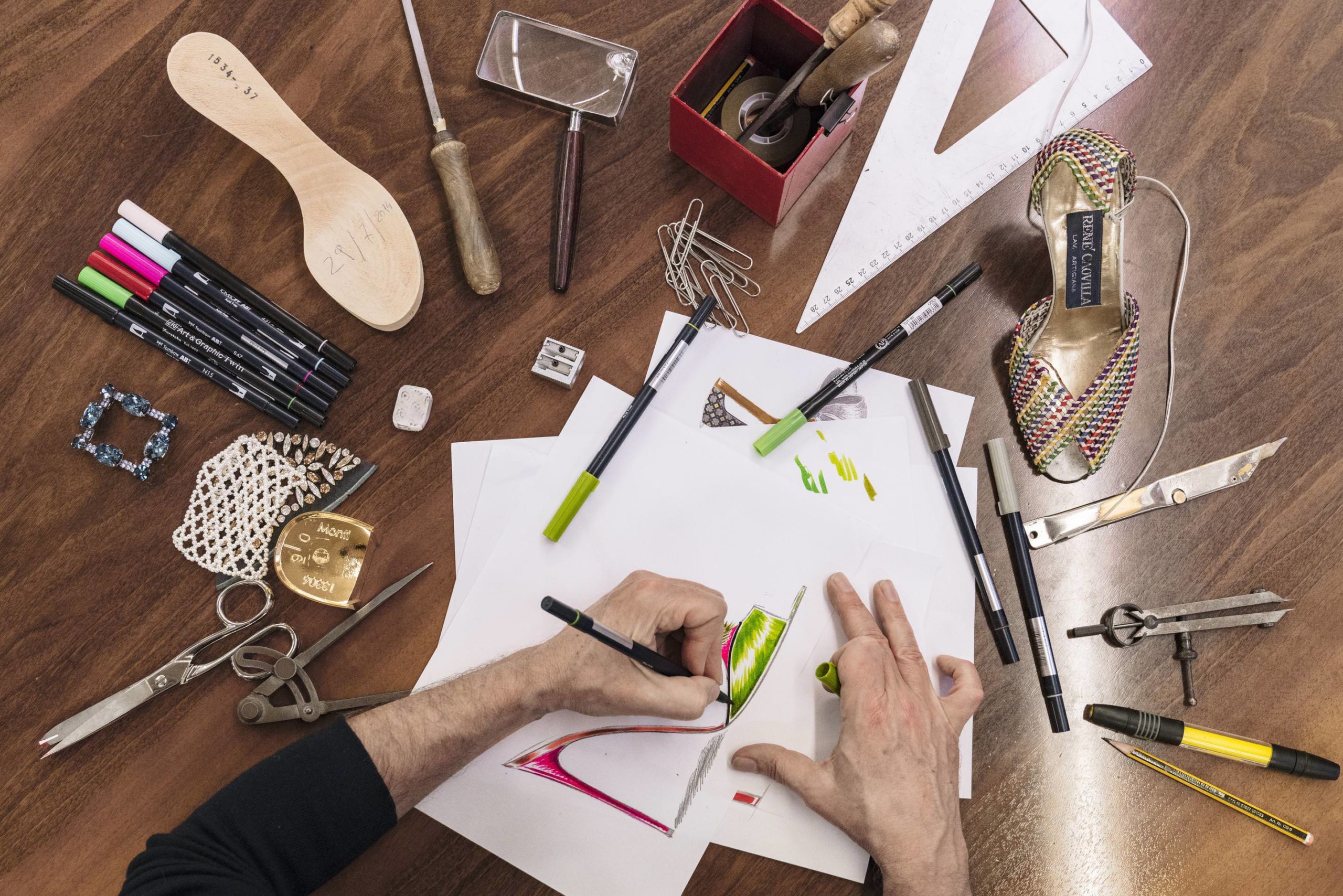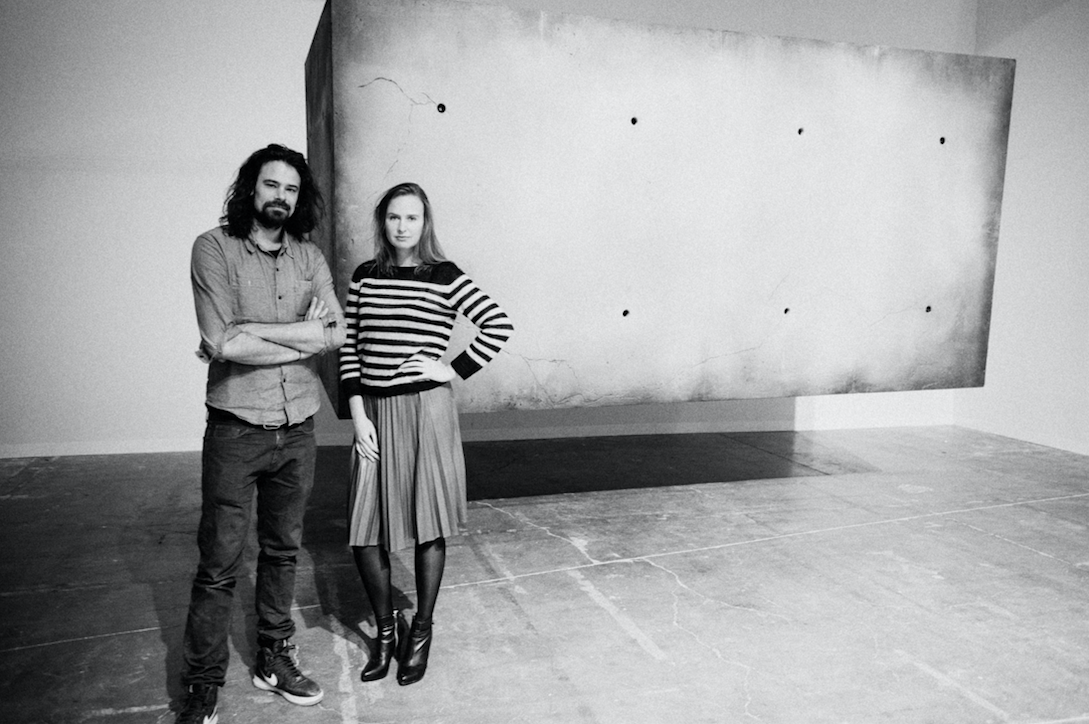Before Stacy Flynn co-founded Evrnu, a research and development company focused on creating sustainable fabrics from post consumer
waste, she worked in corporate fashion for brands like Target and Eddie Bauer. While traveling to China in 2010 to visit a textile-finishing subcontractor, she could barely see the faces of the people she was meeting with, several floors above ground. Instead, she saw a thick cloud of smog. “I realized what our industry is doing to people,” said Flynn when we recently spoke with her.
So, after 15 years in the industry, Flynn went back to school for her MBA in sustainable systems. In 2014, she and a previous colleague from Target, Christopher Stanev, founded Evrnu. Whitewall talked with Flynn about the impact of postconsumer waste, and the end goal for fashion.
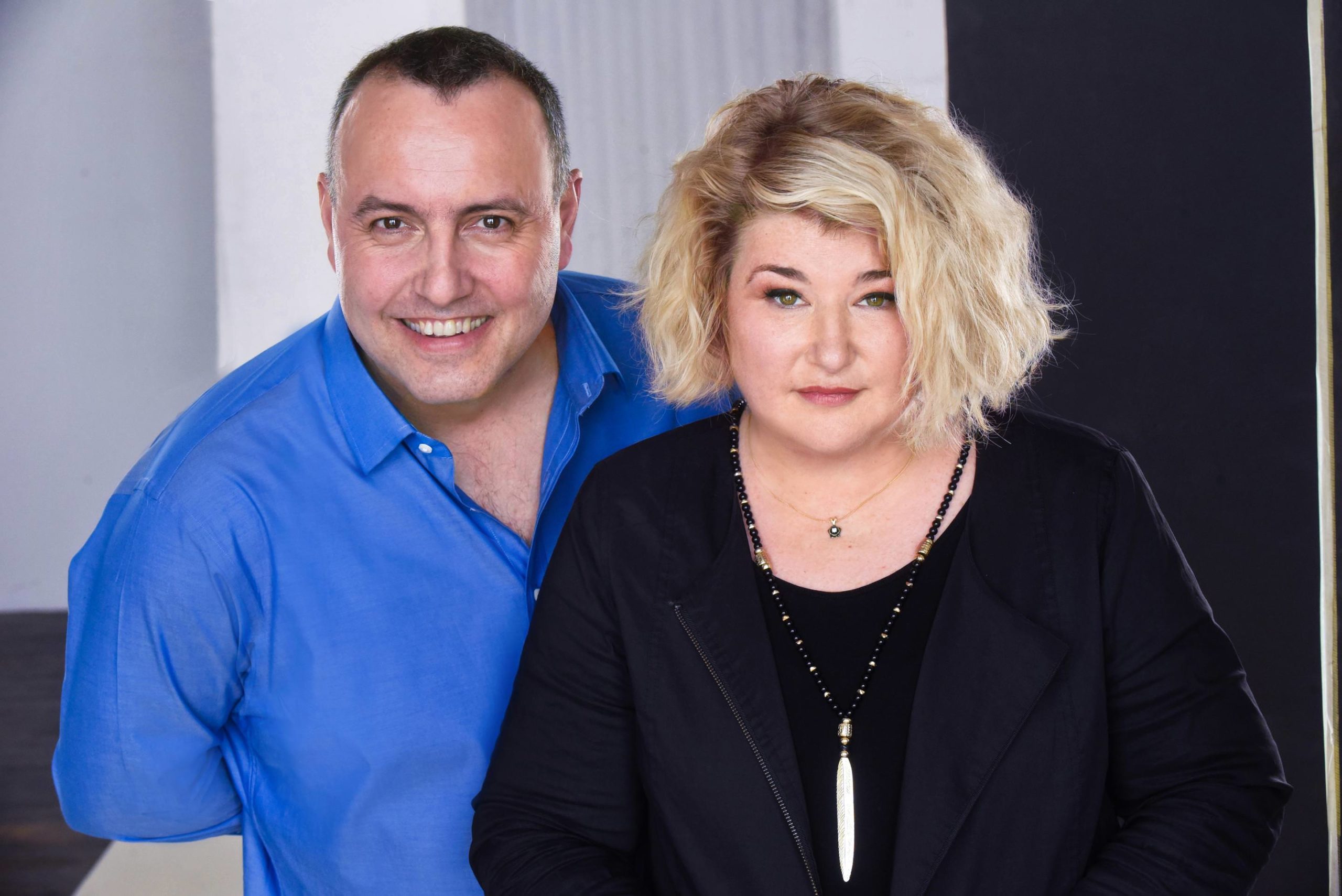
Christopher Stanev, Co-Founder and CSO; Stacy Flynn, Co-Founder and CEO
Courtesy of Evrnu
WHITEWALL: Tell us a bit about Evrnu.
STACY FLYNN: We are focused on creating innovations that can be scaled with existing partners and building products for brands and retailers that ideally outperform consumers’ expectations compared to other products they may have sold in the past. We are also designing garments and helping designers design garments that can be assembled, and then taken back and disassembled at the end of their life.
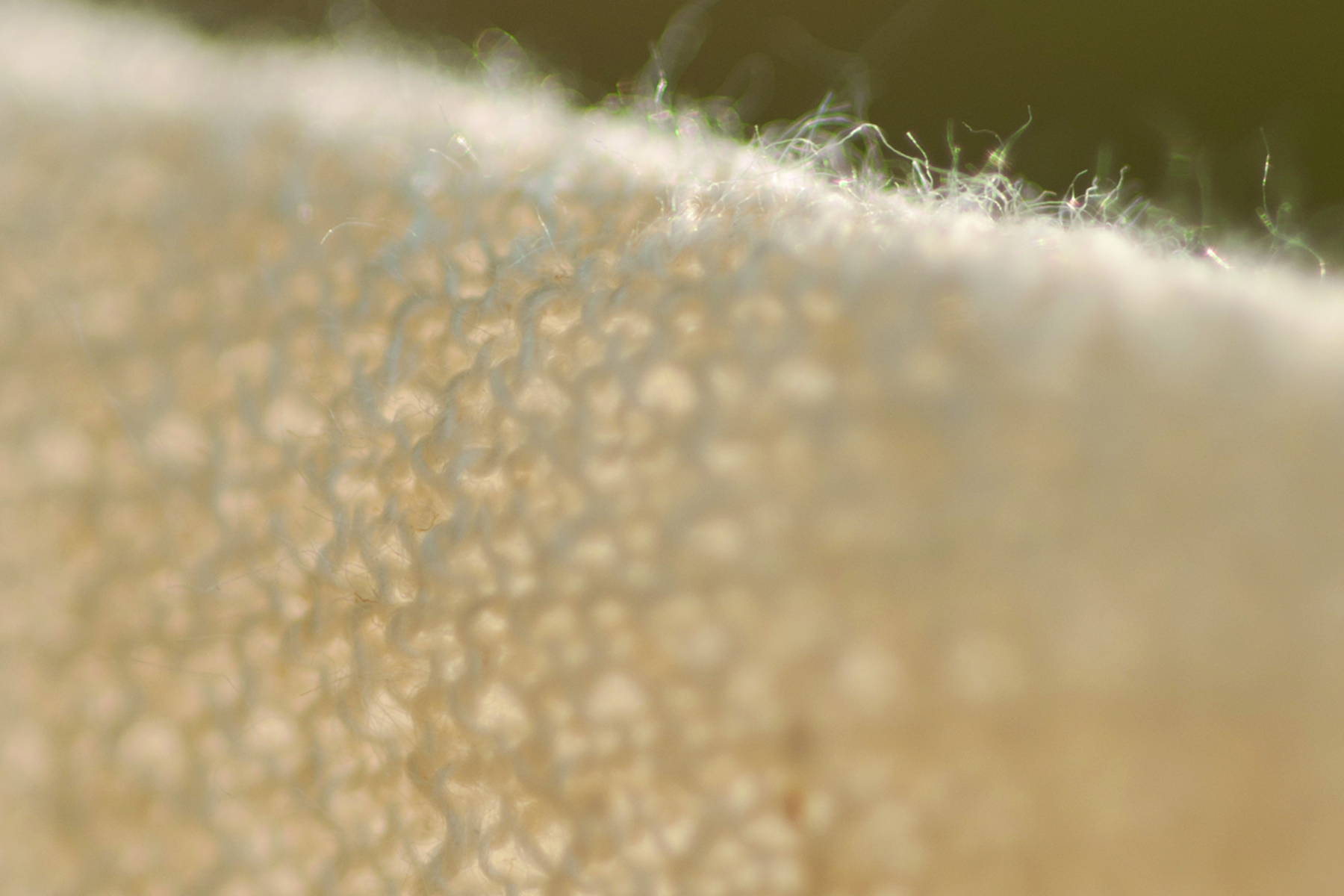
Courtesy of Evrnu.
Christopher is constantly innovating new technologies that can add value to the textile and apparel industry, while at the same time significantly reducing impact to global air, water, and soil.
WW: When you went back to school, you studied a fundamental business model program. What were you initially drawn to explore?
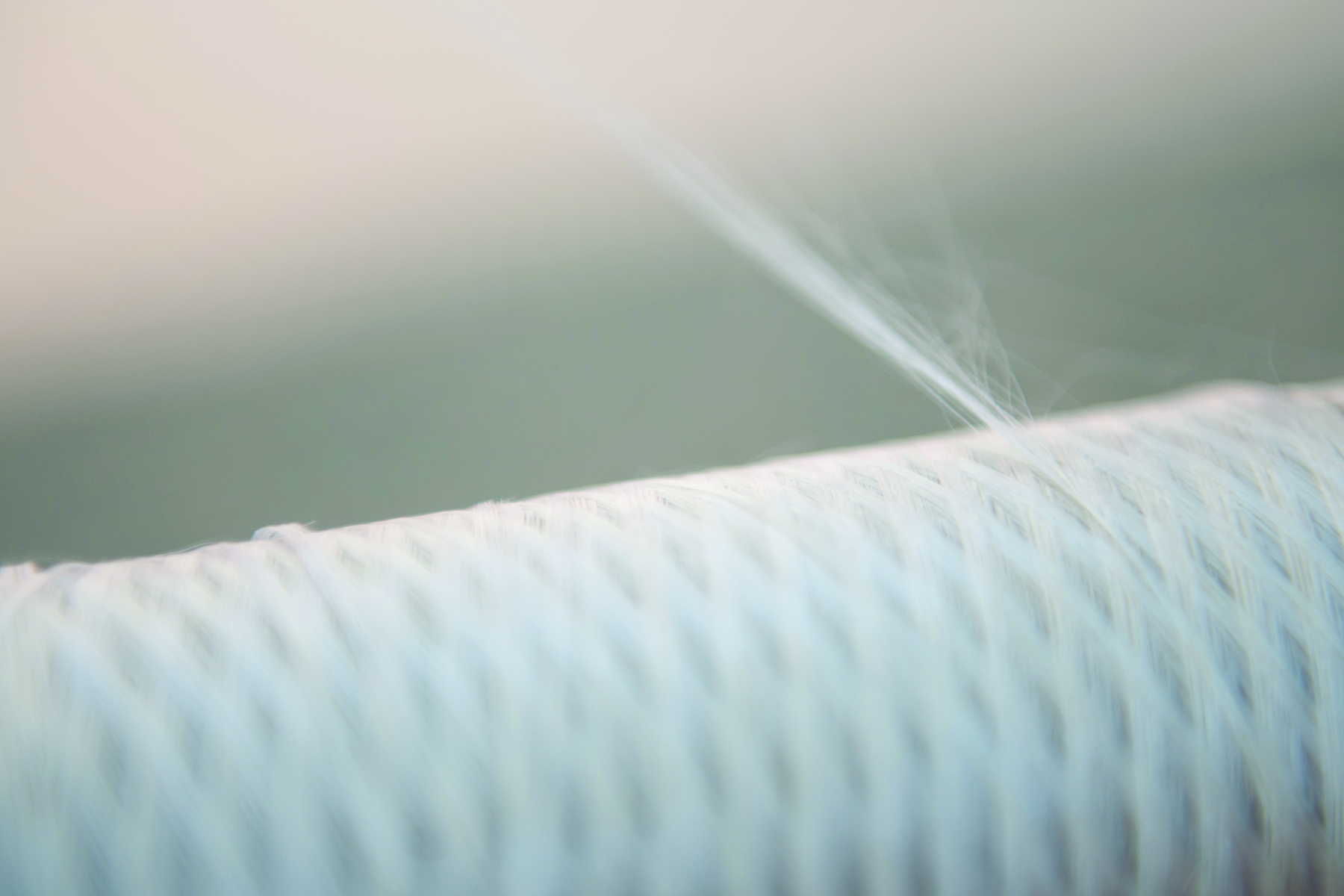
Evrnu thread
Courtesy of Evrnu.
SF: What I looked into was the way we make textiles. It starts with fiber.
About 90 percent of clothing is either cotton or polyester—both of these
sources of fiber creation take a lot of natural resources. Seven hundred
gallons of water to make a T-shirt is one statistic that is pretty shocking.
With Evrnu, we cut water usage by 98 percent compared to cotton and cut CO2 by 90 percent compared to polyester. And globally, we throw out 50 million tons every year as a result of the way the system is currently set up.
When I discovered these two things—resource extraction on
the front end and waste on the back end—was when we put our company
together and started innovating around this waste. We knew if there was a way to break this waste down and turn it into new fiber, it was the linchpin to the entire system. It significantly reduced environmental impact, but it also allowed business to stay healthy.
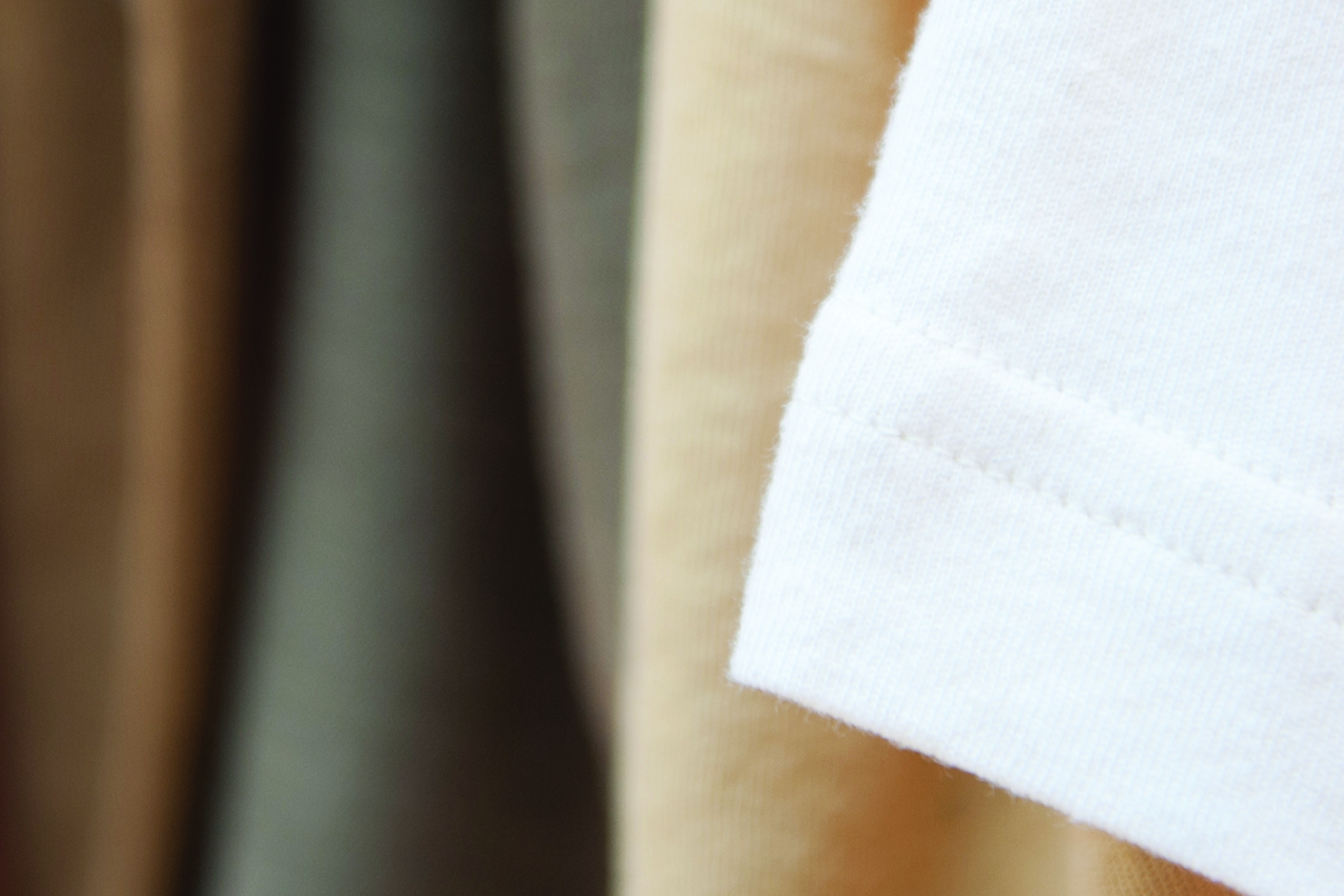
Courtesy of Evrnu.
WW: How is Evrnu able to create new fabrics from old clothing?
SF: We take textile waste that is about to go into landfill—the clothing
people can’t resell or rewear with rips and holes in it—and clean it, purify it, shred it, and then dissolve it by using a solvent system. We can design fibers that are applicable to denim, athletic apparel, and luxury just by changing some of the attachments on our machines. And the garment is designed to be broken down in the future.
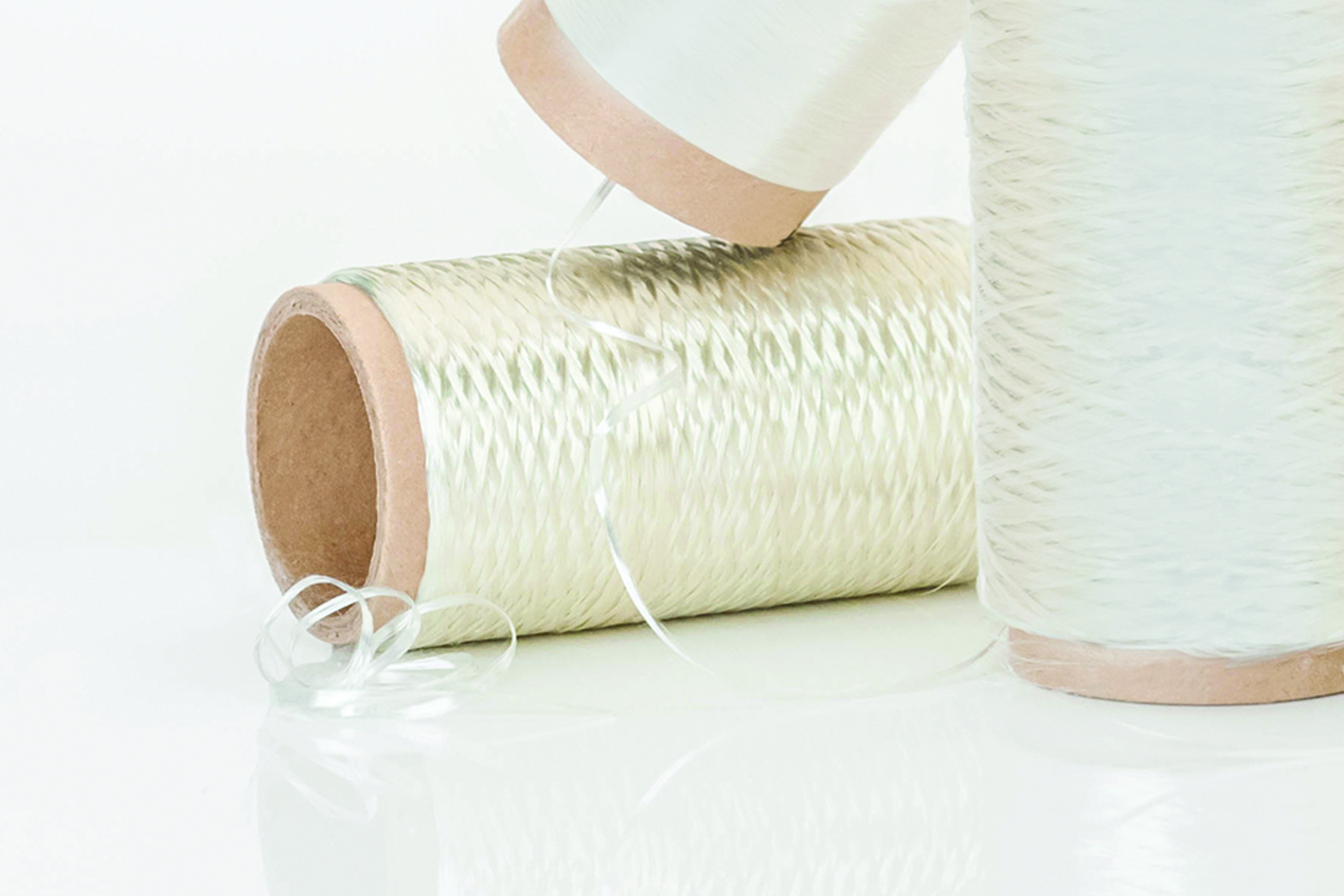
Evrnu thread
Courtesy of Evrnu
WW: Evrnu has also launched an “early adopter” program for brands to join, using your reinvented textile model. Can you tell us a bit more about this program?
SF: Levi’s, Target, and Stella McCartney have joined, and the fourth brand is a large athletic-wear company.

Evrnu thread
Courtesy of Evrnu
In three-month intervals, we train producers to use our technology, and we work with the brands to make sure that there’s a seamless transition between the research and development work and the commercial producer.
WW: What can we start doing today to help reduce waste?
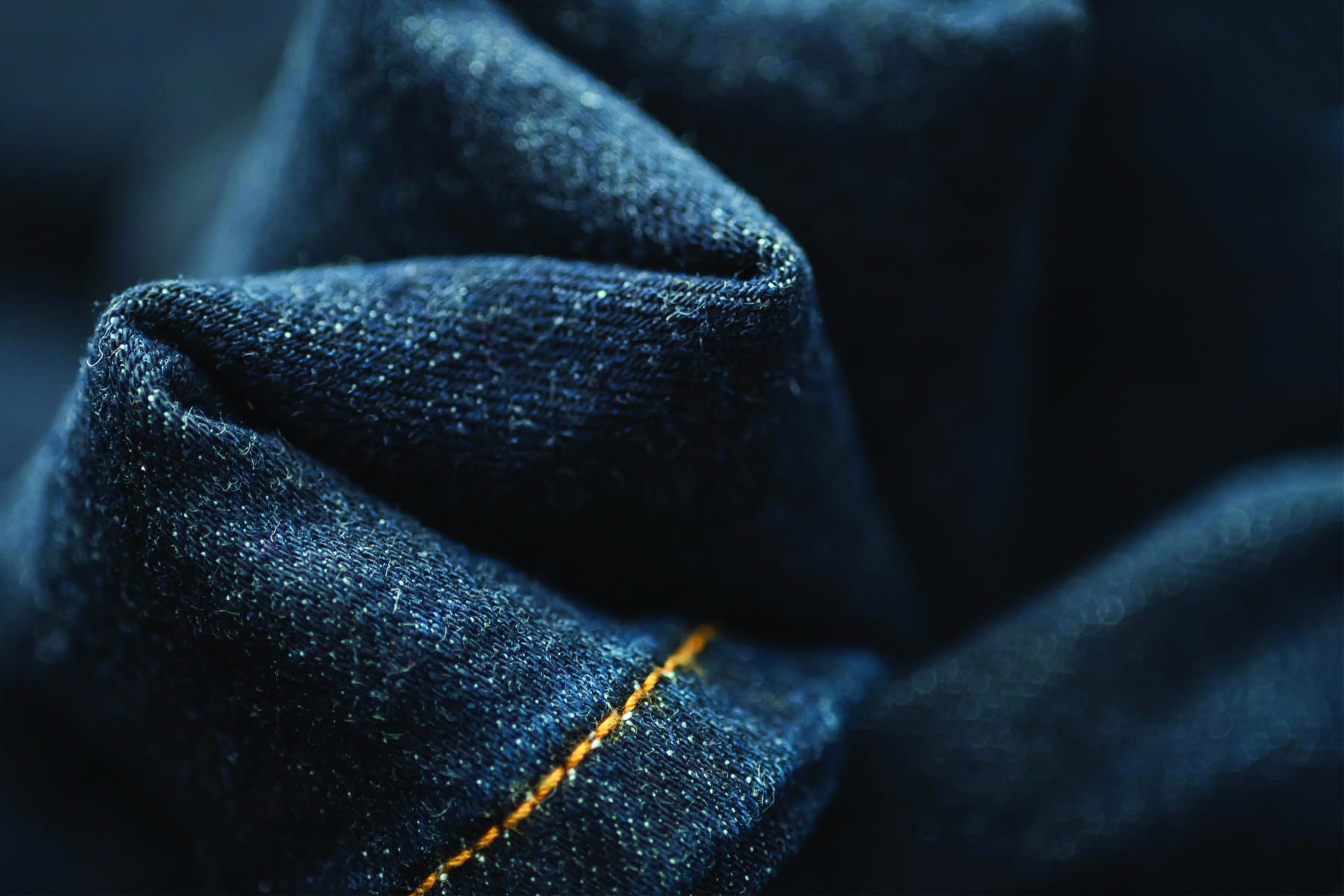
Courtesy of Evrnu.
SF: Everything should get donated. Right now, consumers throw away about 80 percent of all textiles. If we could donate everything, we will be working on the back end to make sure these resources get into the right places and broken down. The next is buy quality products. It’s important to buy things that last. The other thing is to support local designers because they push newness and innovation into the system, and they are a vital part to our ecosystem.
WW: What is the end goal?
SF: The dream is to help modernize our industry by helping existing suppliers think differently about what’s possible. In the end, our goal is to significantly reduce the negative impact on air, soil, water, and trees. The sooner our fiber is at mass production, the sooner we start to take some of the pressure off those resources.






